Roy E. Bailey9780521848275, 052184827X, 9780521612807, 0521612802
Table of contents :
Cover……Page 1
Half-Title……Page 3
Title……Page 5
Copyright……Page 6
Contents in brief……Page 9
Contents……Page 11
Figures……Page 17
Preface……Page 19
Overview……Page 23
1.1 Capital markets……Page 24
1.2.2 Multiple asset markets: a more formal approach……Page 27
1.2.3 Rates of return……Page 29
1.3 The role of expectations……Page 31
1.4.1 Performance risk and margin accounts……Page 33
Example: buying on margin……Page 34
1.4.2 Short-sales……Page 35
Example: margins with short-sales……Page 36
1.5.1 The arbitrage principle……Page 37
Example 2: bond market……Page 38
1.5.2 Market frictions……Page 39
1.5.3 All sorts of assets……Page 40
1.5.4 Summary of arbitrage……Page 41
1.6.1 Measuring rates of return……Page 42
1.6.2 The horizon and the decision period……Page 43
1.7 Asset market efficiency……Page 44
1.8 Summary……Page 45
Appendix 1.1: Averages and indexes of stock prices……Page 46
Appendix 1.2: Real rates of return……Page 50
Appendix 1.3: Continuous compounding and the force of interest……Page 51
References……Page 54
Overview……Page 55
2.1 Financial markets: functions and participants……Page 56
2.2.1 Quote-driven markets……Page 58
2.2.2 Order-driven markets……Page 59
2.2.3 Quote-driven and order-driven markets compared……Page 61
2.3.1 Control of market institutions……Page 63
2.3.3 Competition within and among financial markets……Page 65
2.4 Trading and asset prices in a call market……Page 67
2.5 Bid–ask spreads: inventory-based models……Page 70
2.6 Bid–ask spreads: information-based models……Page 71
2.7 Summary……Page 74
Further reading……Page 75
References……Page 76
Overview……Page 78
3.1.1 Martingales and random walks……Page 79
Other models of asset prices……Page 82
3.1.2 Empirical evidence……Page 83
3.1.3 Security analysis……Page 85
3.2.1 Informational efficiency and the efficient market hypothesis……Page 86
3.2.2 Appraising efficiency: methodology……Page 87
Summary……Page 90
3.2.3 Beating the market……Page 91
3.3.1 Weak, semi-strong and strong form efficiency……Page 92
3.3.2 The Grossman–Stiglitz paradox……Page 93
3.4.1 A catalogue of popular anomalies……Page 94
3.5 Event studies……Page 97
3.6 Summary……Page 99
Further reading……Page 100
Appendix 3.1: The law of iterated expectations and martingales……Page 101
References……Page 103
Risk and uncertainty……Page 105
4.1.1 Modelling uncertainty……Page 107
4.1.2 Decision making under uncertainty……Page 110
4.2.1 Assumptions of the EUH……Page 112
4.2.2 Remarks on the EUH……Page 115
The fundamental valuation relationship……Page 117
Risk neutrality……Page 119
4.3 Behavioural alternatives to the EUH……Page 120
4.4.2 Remarks on mean-variance analysis……Page 123
4.4.3 The FVR in the mean-variance model……Page 126
4.5 Summary……Page 127
Further reading……Page 128
Appendix 4.1: Useful notation……Page 129
Appendix 4.2: Derivation of the FVR……Page 130
Appendix 4.3: Implications of complete asset markets……Page 131
Appendix 4.4: Quadratic von Neumann–Morgenstern utility……Page 132
Appendix 4.5: The FVR in the mean-variance model……Page 133
References……Page 134
Overview……Page 136
5.1.1 The mean-variance objective……Page 137
5.1.2 Notation……Page 139
5.2 Portfolio frontier: two risky assets……Page 140
Remarks……Page 142
5.3 Portfolio frontier: many risky assets and no risk-free asset……Page 143
Remarks……Page 147
5.4.2 The trade-off between expected return and risk……Page 149
5.4.3 The Sharpe ratio and risk-adjusted performance……Page 152
5.5 Optimal portfolio selection in the mean-variance model……Page 153
Further reading……Page 155
Appendix 5.1: Numerical example: two risky assets……Page 156
A.5.2.1: The portfolio frontier……Page 157
A.5.2.2: A graphical interpretation……Page 158
A.5.2.3: Portfolios with uncorrelated returns……Page 160
Appendix 5.3: Variance minimization with a risk-free asset……Page 161
Appendix 5.4: Derivation of………Page 162
Appendix 5.5: The optimal portfolio with a single risky asset……Page 163
References……Page 164
Overview……Page 165
1: Asset markets are in equilibrium……Page 166
6.2.1 Market equilibrium in the CAPM……Page 167
6.2.2 Capital market line……Page 168
6.2.3 Asset prices……Page 170
6.3 The characteristic line and the market model……Page 171
6.4 The security market line……Page 173
6.4.1 Disequilibrium……Page 174
6.5.1 Risk premia……Page 176
6.5.2 Diversification……Page 177
6.6.1 The Black CAPM……Page 179
6.6.2 Other CAPM models……Page 180
6.7 Summary……Page 181
Appendix 6.1: The CAPM in terms of asset prices……Page 182
Appendix 6.3: The CAPM when all assets are risky……Page 184
References……Page 187
7.1 Arbitrage in theory and practice……Page 188
7.2 Arbitrage in an uncertain world……Page 190
7.2.1 Implications of the arbitrage principle: an example……Page 193
Remarks……Page 194
7.3.1 The existence of state prices……Page 195
Remarks……Page 196
7.4 Summary……Page 198
A.7.1.1: The existence of state prices……Page 199
A7.1.2: The risk-neutral valuation relationship……Page 201
A7.1.3: The arbitrage principle and the existence of an optimal portfolio……Page 202
References……Page 204
Overview……Page 205
8.1.1 A single-factor model……Page 206
8.1.2 Models with multiple factors……Page 207
8.1.3 What are the factors?……Page 208
8.2.2 The APT in a single-factor world……Page 209
8.2.3 The APT: extension to multiple factors……Page 211
8.3.1 Risk premia in the APT……Page 212
8.3.2 The APT when factors are portfolio returns……Page 214
8.3.3 APT and CAPM……Page 215
8.4 Summary……Page 216
Appendix 8.1: The APT in a multifactor model……Page 217
Appendix 8.2: The APT in an exact single-factor model……Page 219
References……Page 221
Overview……Page 222
9.1 The CAPM……Page 223
9.2.1 Estimating alpha-and beta-coefficients……Page 224
9.2.2 Testing the CAPM……Page 226
9.2.4 Summary……Page 227
9.3.1 Estimating the security market line……Page 228
9.3.2 The CAPM with a single cross-section……Page 229
9.3.3 The CAPM with multiple cross-sections……Page 231
9.3.4 The relevance of irrelevant variables……Page 233
9.3.5 Summary……Page 235
9.4 Sharpe ratios and Roll’s criticism……Page 236
9.5.1 Multifactor models……Page 237
9.5.2 The APT……Page 238
Further reading……Page 241
Appendix 9.1: The Black CAPM in terms of excess returns……Page 242
References……Page 243
Overview……Page 244
10.1.1 Certainty……Page 245
10.1.2 Uncertainty……Page 249
10.2 Asset price volatility……Page 250
10.3 Behavioural finance, noise trading and models of dividend growth……Page 257
10.4 Extreme asset price fluctuations……Page 259
The Mississippi and South Sea Bubbles, 1719–20……Page 260
The stock market crash, 1987……Page 261
The stock market bubble, 1999–2000……Page 262
10.4.2 Bubbles……Page 263
10.4.3 Ponzi schemes……Page 264
10.5 Summary……Page 265
Further reading……Page 266
Appendix 10.1: Present values in continuous time……Page 267
Appendix 10.3: The RNVR with multiple time periods……Page 268
References……Page 270
Overview……Page 272
11.1 Consumption and investment in a two-period world with certainty……Page 273
11.2.2 Multiple assets……Page 276
11.2.3 Long time horizons……Page 279
11.3 Lifetime portfolio selection……Page 280
11.3.2 Investors’ objectives……Page 281
11.3.4 The role of human capital……Page 283
11.4.1 The puzzles……Page 284
11.4.2 EPP: theory and evidence……Page 285
11.4.3 Assessing the evidence……Page 288
11.4.4 Forecasting the equity premium……Page 289
11.5 Intertemporal capital asset pricing models……Page 291
Summary……Page 294
Further reading……Page 295
Appendix 11.1: Intertemporal consumption and portfolio selection……Page 296
Appendix 11.2: Simplifying the FVR……Page 298
Appendix 11.3: The consumption CAPM……Page 300
References……Page 302
Overview……Page 303
12.1 What defines a bond?……Page 304
12.1.1 Maturity (redemption) date……Page 305
Timing of coupon payments……Page 306
12.1.3 Default……Page 307
12.2.1 Nominal zero-coupon bonds……Page 308
12.2.2 Real zero-coupon bonds……Page 310
12.3 Coupon-paying bonds……Page 313
Macaulay duration……Page 315
12.4 Bond valuation……Page 317
12.5 Risks in bond portfolios……Page 319
12.6 Immunization of bond portfolios……Page 320
Complications……Page 321
12.7 Summary……Page 322
Further reading……Page 323
A12.1.1: Yield to maturity on coupon-paying bonds……Page 324
A12.1.3: Continuous compounding……Page 325
References……Page 327
Overview……Page 328
13.1.1 Yield curves in principle……Page 329
13.1.2 Yield curves in practice……Page 330
13.2 Index-linked bonds……Page 332
13.3.1 Definitions……Page 335
Example……Page 336
13.3.2 Remarks on implicit forward rates……Page 337
13.3.3 Forward markets for bonds……Page 338
13.4 The expectations hypothesis of the term structure……Page 339
13.5.1 The liquidity preference theory of the term structure……Page 344
13.5.2 The preferred habitat theory of the term structure……Page 347
13.6 Arbitrage and the term structure……Page 348
13.7 Summary……Page 350
Appendix 13.1: The expectations hypothesis with explicit uncertainty……Page 351
Appendix 13.2: Risk aversion and bond portfolios……Page 353
References……Page 356
Overview……Page 358
14.1.1 Forward contracts……Page 359
14.1.2 Futures contracts……Page 361
14.1.3 Distinguishing between forward and futures contracts……Page 362
14.2.1 Futures exchanges and their members……Page 364
14.2.2 Trading mechanisms……Page 365
14.2.3 Terminating futures positions……Page 366
Example……Page 368
Strips……Page 370
14.3.1 Arbitrage: the simplest case……Page 371
14.3.2 Complications……Page 372
14.3.3 When are forward and futures prices equal?……Page 373
14.3.4 Revaluation of a forward contract……Page 374
14.4 Arbitrage in foreign exchange markets……Page 376
14.5 Repo markets……Page 377
14.6 Summary and conclusion……Page 379
Appendix 14.1: Forward and futures prices……Page 381
Appendix 14.2: Revaluation of a forward contract……Page 382
References……Page 384
15.1 Speculation……Page 385
15.2.1 Hedging in principle……Page 387
Hedging: simple example……Page 388
15.2.2 Hedging in practice……Page 389
Example……Page 390
15.2.4 Risky (imperfect) hedging……Page 393
15.2.5 The basis……Page 395
15.3.1 Risk minimization……Page 396
15.3.2 Hedging as portfolio choice……Page 399
15.4 Theories of futures prices……Page 400
15.4.1 Normal backwardation……Page 402
15.5 Manipulation of futures markets……Page 405
15.6 Summary……Page 408
Appendix 15.1: Futures investment as portfolio selection……Page 409
Appendix 15.2: Derivation of………Page 412
References……Page 414
16.1.1 The CME degree day index……Page 415
16.1.2 Hedging with weather futures……Page 417
16.2.1 Spread betting……Page 419
16.2.2 Contract specifications……Page 420
Arbitrage……Page 421
16.3.1 Contract specifications……Page 422
Complications and discussion……Page 424
Remarks……Page 425
16.4.1 Contract specifications……Page 426
16.4.2 A long-term interest rate hedge……Page 427
16.5.1 Contract specifications……Page 428
16.5.2 Arbitrage with stock index futures……Page 429
16.5.3 Hedging with stock index futures……Page 430
Example of hedging with stock index futures contract……Page 431
Analysis of hedging with stock index futures……Page 432
16.6 The fall of Barings Bank……Page 434
16.7 Summary……Page 436
Further reading……Page 437
References……Page 438
17.1 Swap agreements: the fundamentals……Page 439
Futures on swaps……Page 444
17.2 Why do swaps occur?……Page 445
17.2.1 A plain vanilla interest rate swap……Page 446
17.2.2 Foreign exchange swaps……Page 448
17.2.4 Summary……Page 450
17.4 Valuation of swaps……Page 451
17.5 Metallgesellschaft: a case study……Page 453
17.5.1 The case for MG-RM……Page 454
Summary……Page 456
17.6 Summary……Page 457
Further reading……Page 458
References……Page 459
Overview……Page 460
Put option……Page 461
18.1.3 Margins……Page 462
18.1.4 Terminating an option investment……Page 463
18.1.6 Payoffs from an option investment……Page 464
18.1.7 In and out of the money……Page 467
18.2.1 Underlying assets……Page 468
18.2.3 Payoff rules……Page 469
18.3 Option-like assets……Page 470
18.4.1 The role of the arbitrage principle……Page 471
18.4.2 Four simple bounds……Page 472
18.4.3 Tighter bounds for option prices……Page 473
18.5 Put-call parity for European options……Page 476
Why put-call parity does not extend to American options……Page 478
18.6 The Modigliani–Miller theorem……Page 479
Further reading……Page 481
Appendix 18.1: Lower bound for a European call option premium……Page 482
Appendix 18.2: Lower bound for a European put option premium……Page 483
Appendix 18.3: Put-call parity for European options……Page 484
Appendix 18.4: The Modigliani–Miller theorem: a proof……Page 485
References……Page 488
Overview……Page 489
19.1 The fundamentals of option price models……Page 490
19.2 A two-state option-pricing model……Page 493
Interpretation in terms of replicating portfolio……Page 495
19.2.1 An option price formula……Page 496
19.2.2 Price of a European put option……Page 497
19.2.3 Multiple time periods to expiry of the option: the binomial model……Page 498
19.3.1 Assumptions of the Black–Scholes model……Page 502
19.3.2 The Black–Scholes formula……Page 503
19.3.3 Measuring volatility……Page 505
19.3.5 Dividend payments and other underlying assets……Page 507
19.4 Contingent claims analysis……Page 508
Further reading……Page 512
References……Page 514
Overview……Page 516
20.1 Stock index options……Page 517
20.2 Options on futures contracts……Page 518
Option payoffs……Page 521
20.3 Interest rate options……Page 522
Example: interest rate cap……Page 523
Example: interest rate floor……Page 525
20.4.1 Portfolios of options and their underlying assets……Page 526
20.4.2 Hedging with options……Page 527
20.4.3 Measuring portfolio volatility……Page 528
20.5 Portfolio insurance……Page 529
Portfolio insurance with put options……Page 530
Portfolio insurance with synthetic put options……Page 532
20.6 Combinations and spreads……Page 534
20.7 Summary……Page 536
Appendix 20.1: Put-call parity for European options on futures……Page 537
References……Page 540
Subject index……Page 541
Author index……Page 548
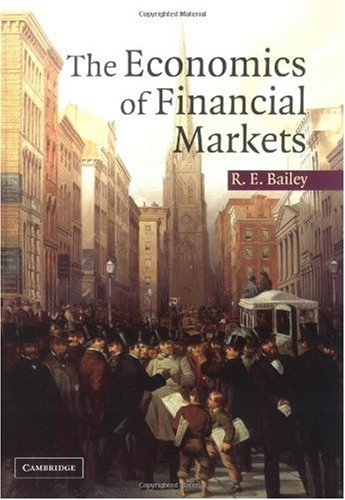
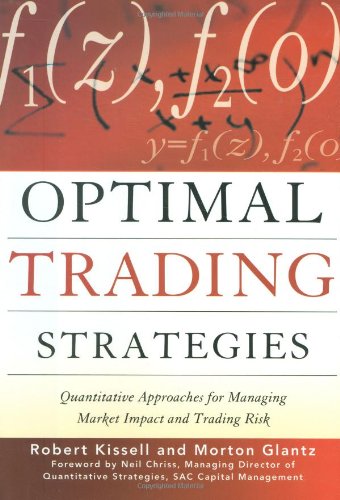
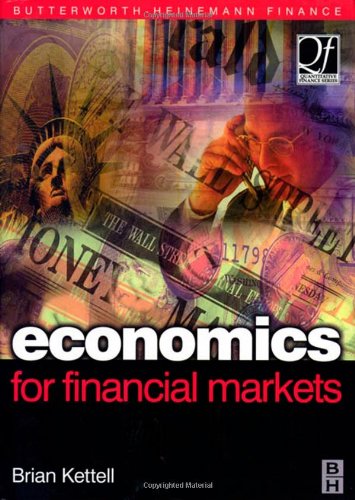

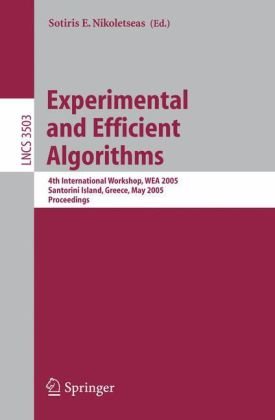
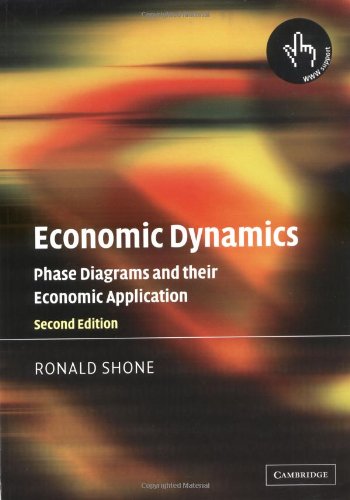
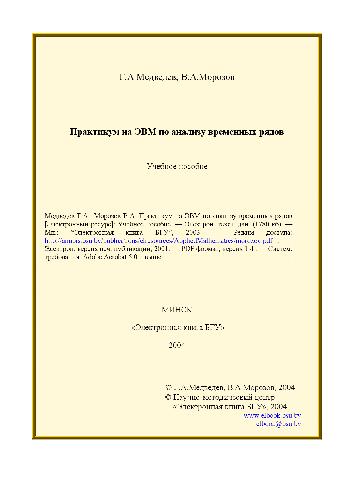
Reviews
There are no reviews yet.